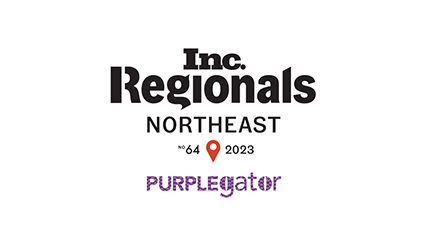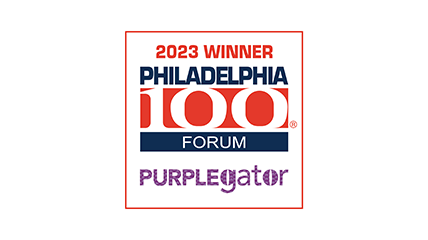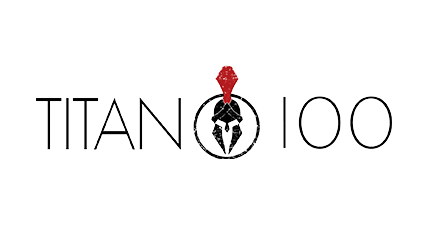Blog /
Content Marketing in DTC

Content marketing has been that bedrock upon which most of the DTC brands have created this close affinity with their audiences. Indeed, through engaging and value-laden content, a brand can actually drive engagement beyond transactional relationships to long-lasting loyalty.
The very heart of this entire approach is storytelling. Real-life stories humanize products and help the brand relate to customers at an emotional level. When married with high-value, informative content, each article will have a purpose-be it to educate, entertain, or inspire action.
This guide provides actionable ways to implement content marketing in a DTC-specific manner – from defining its purpose to exploring its benefits, it shows how to create impactful campaigns that cut through the noise in competitive markets.
What is Content Marketing for DTC Brands?
Defining Content Marketing in the DTC Landscape
In other words, content marketing in the DTC space involves the creation and distribution of valuable, relevant content with the customer’s needs in mind, building brand awareness and loyalty. It is different from traditional advertising; it educates, builds trust, and engages rather than hard-sells. This would attract, convert, and retain customers because of its relevance to their interests and pain points.
For DTC brands, content marketing is way more than just a simple blog post or social media update; rather, it’s a complete strategy whereby video, email, user-generated content, and so on come together to round out the customer experience.
Why DTC Brands Need Content Marketing
The DTC landscape is crowded, making differentiation a constant challenge. Content marketing helps brands stand out by:
- Building Trust: Informative and authentic content fosters credibility, encouraging customers to choose your brand over competitors.
- Driving Conversions: High-quality content addresses buyer concerns, nudging them closer to making a purchase.
- Creating Emotional Connections: Storytelling enables brands to connect with customers on a personal level, fostering loyalty and advocacy.
Types of Content Marketing for DTC Businesses
Blog Content and SEO
Blogs are a staple for any DTC search engine optimization and content marketing. Blogs serve duality in purpose by making valuable information available and upgrading the engine ratings. Your concentration will definitely be on high-value blogs with targets for long-tail catchphrases. Long-tail catchphrases normally come hand in hand with quite particular queries from the customer; your contents thus rank while getting apt traffic.
For instance, a skin care brand might write, “best serums for winter dry skin.” Other than organic traffic, it builds up the brand as an authoritative voice, and readers would look up to its recommendations for decision-making. Quality content does this: it increases the propensity of backlinks and boosts their search visibility even more.
Social Media Content
Social media channels open an avenue to reach the audiences unmatched in any other way. Each of them caters to specific content styles and demographics; hence, tailoring the approach is essential. While Instagram and TikTok drive short, engaging visuals through reels or user-generated posts, one will have a chance to showcase thought leadership and professional connections on LinkedIn.
Success will be in making visually appealing posts and captions that resonate with audiences. Take note of trends, but only if they are on-brand. Consistent interactions in the form of comments, likes, and replies will keep driving deeper levels of engagement among followers.
Video Marketing
Among all the most powerful ways of storytelling and product demos by a brand, the video occupies the top slot. Video marketing helps DTC brands feature their offerings in more engaging and relatable ways. From tutorials to behind-the-scenes footage, to customer testimonials, video captivates at the speed of trust in the shortest time possible.
While TikTok and Instagram work with short, snackable videos, YouTube is meant to work with a bit more in-depth and longer content. For instance, a fitness brand can quickly provide quick workout tips on Instagram Reels and do full routines on YouTube. Such strategies entertain and drive the prospects along their decision-making process.

User-Generated Content (UGC)
UGC harnesses your customer base for genuine and relatable content. Photos, reviews, and videos from customers represent real experiences with your brand and, as such, are extremely credible. For prospects, fellow consumers are more believable recommenders than advertisements.
The ways to encourage customers to share experiences could be as simple as running some contests or offering review incentives. Featuring UGC on your social pages or website reinforces community-oriented approaches while fostering loyalty.
Email Newsletters and Campaigns
E-mail marketing is still not dispensable in the lead nurturing and customer retention process. It acts as a direct channel to share product updates, special offers, or personalized recommendations. Segmentation also makes sure that your content does not get out of line with each subscriber.
It allows a fashion company to create targeted emails based on what customers bought earlier, complementing these with other products or giving early access to sales. Drip campaigns help nurture new subscribers from the first interest stage to closing the purchase. Consistent and engaging emails keep your brand top of mind and drive repeat business.
Measuring the Success of Content Marketing Efforts
Key Performance Indicators (KPIs) for Content Marketing
Tracking performance metrics is definitely essential in understanding whether content marketing drives desired outcomes or not. The right set of KPIs provides actionable insight into engagement, traffic, and overall campaign impact.
- Engagement Rate: Measures how well your content resonates with your audience. High engagement—likes, shares, and comments – indicates relevance and value.
- Traffic: Tracks the number of visitors to your content. Organic traffic growth signals that your SEO strategies and content are effective.
- Conversions: Captures actions taken by users, such as purchases or email sign-ups, that directly contribute to business goals and optimize conversion rates.
- Return on Investment (ROI): Evaluates the financial impact of your content strategy by comparing revenue generated to the cost of production and promotion.
Tools for Analyzing Content Performance
Reliable analytics tools simplify tracking and interpreting performance metrics.
- Google Analytics: Provides detailed insights into traffic sources, user behavior, and conversion paths.
- HubSpot: Offers advanced tracking for campaign performance, including email metrics and lead generation.
- SEMrush: Combines SEO analysis with content performance tracking, identifying areas for optimization.
Challenges in DTC Content Marketing
Standing Out in a Crowded Market
The DTC space is just full of brands fighting for attention. Content differentiation really requires a value proposition and some sort of authentic storytelling. Brands with clarity of their audience, who make content to appease particular interests, tend to stand out more.
For instance, showcasing behind-the-scenes stories or addressing niche pain points builds stronger connections. Consistent branding across all content further reinforces your identity, helping customers recognize and trust your business.
Balancing Quality and Quantity
The challenge is often to create enough content to meet demand without sacrificing quality. When the sacrifice of quality for quantity occurs, the value dilutes, and audiences disengage. A content calendar helps strike a balance: it ensures consistency without losing standards.
Prioritize impactful content over sheer volume. For example, a well-researched blog post or a polished video can generate more engagement than multiple low-effort pieces.
Adapting to Changing Trends
Trends and algorithms evolve quickly, making adaptability crucial. Staying informed about new platforms, content formats, and audience preferences ensures your strategy remains relevant.
Experimentation pays, and testing out new ways or even budding platforms yields insights into what is actually effective with your audience. Agility can let a brand thrive in the digital landscape on ground that continually shifts.









